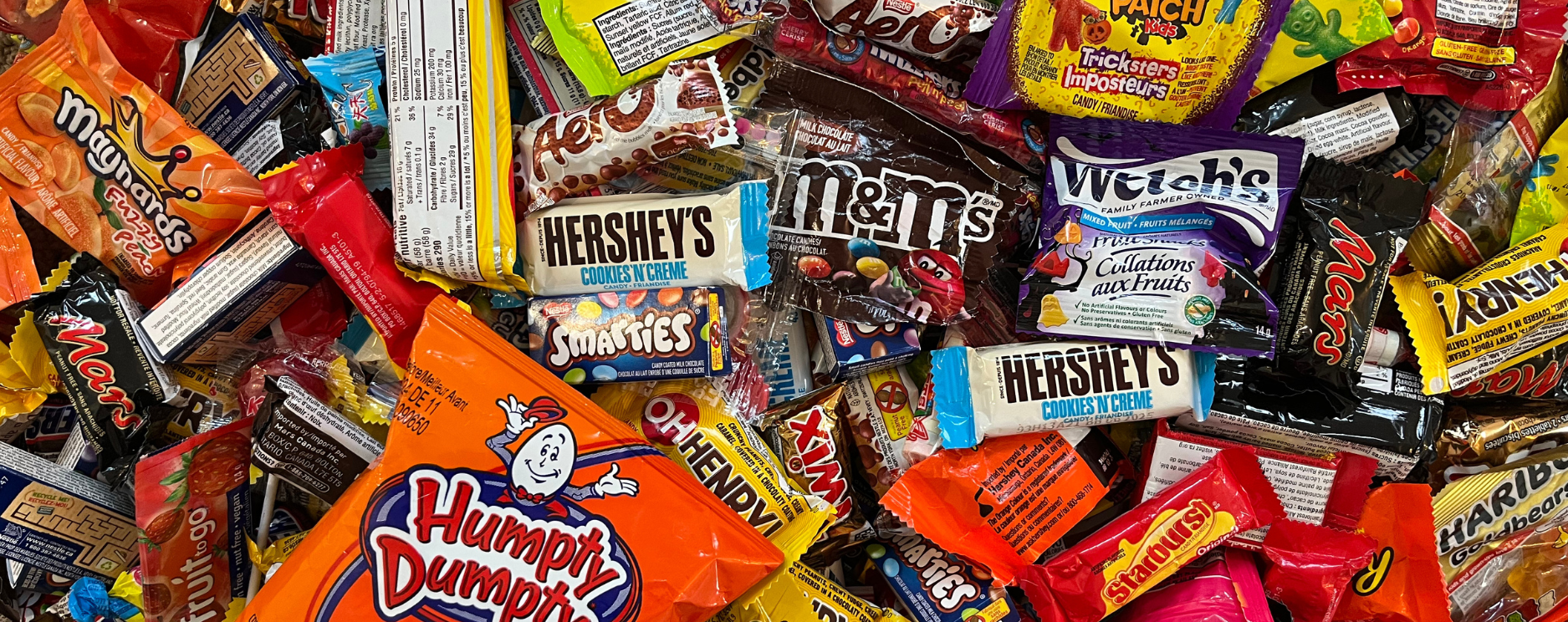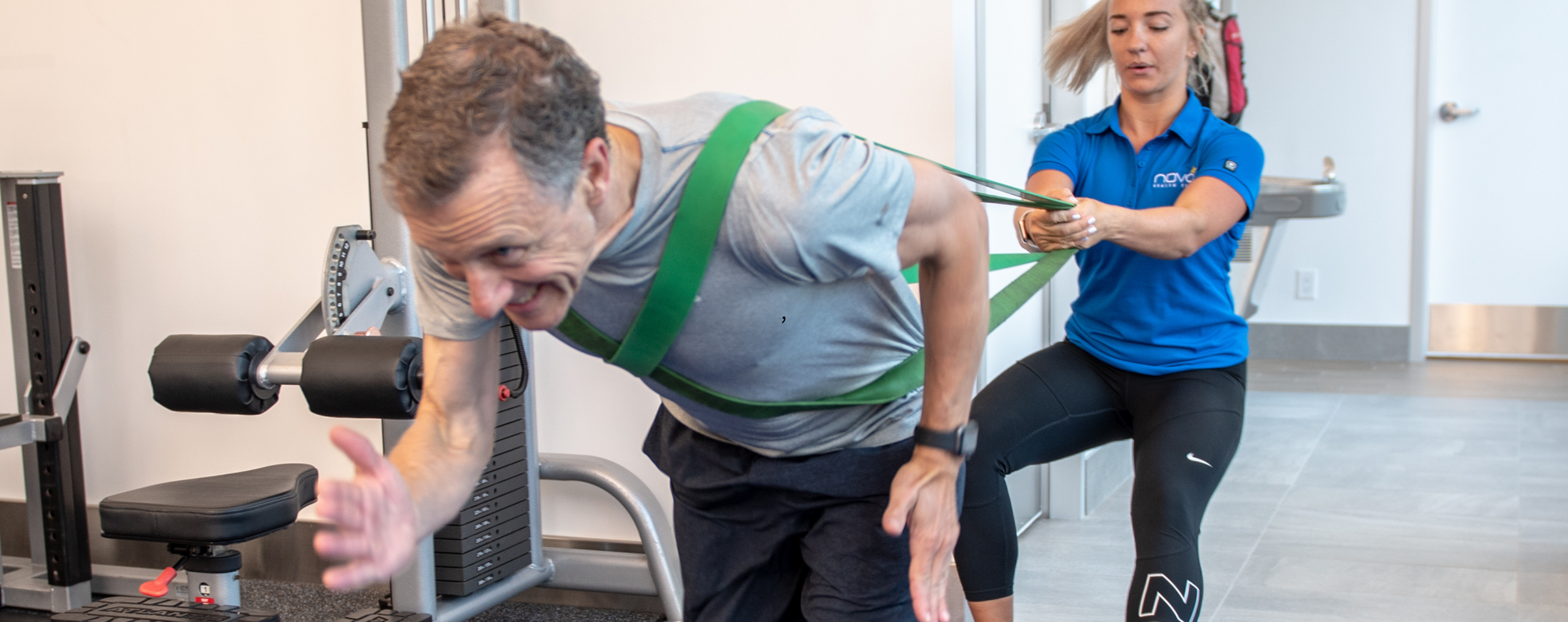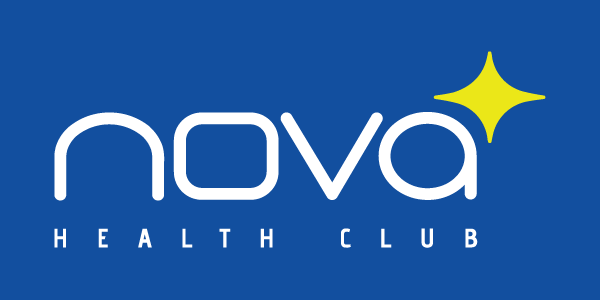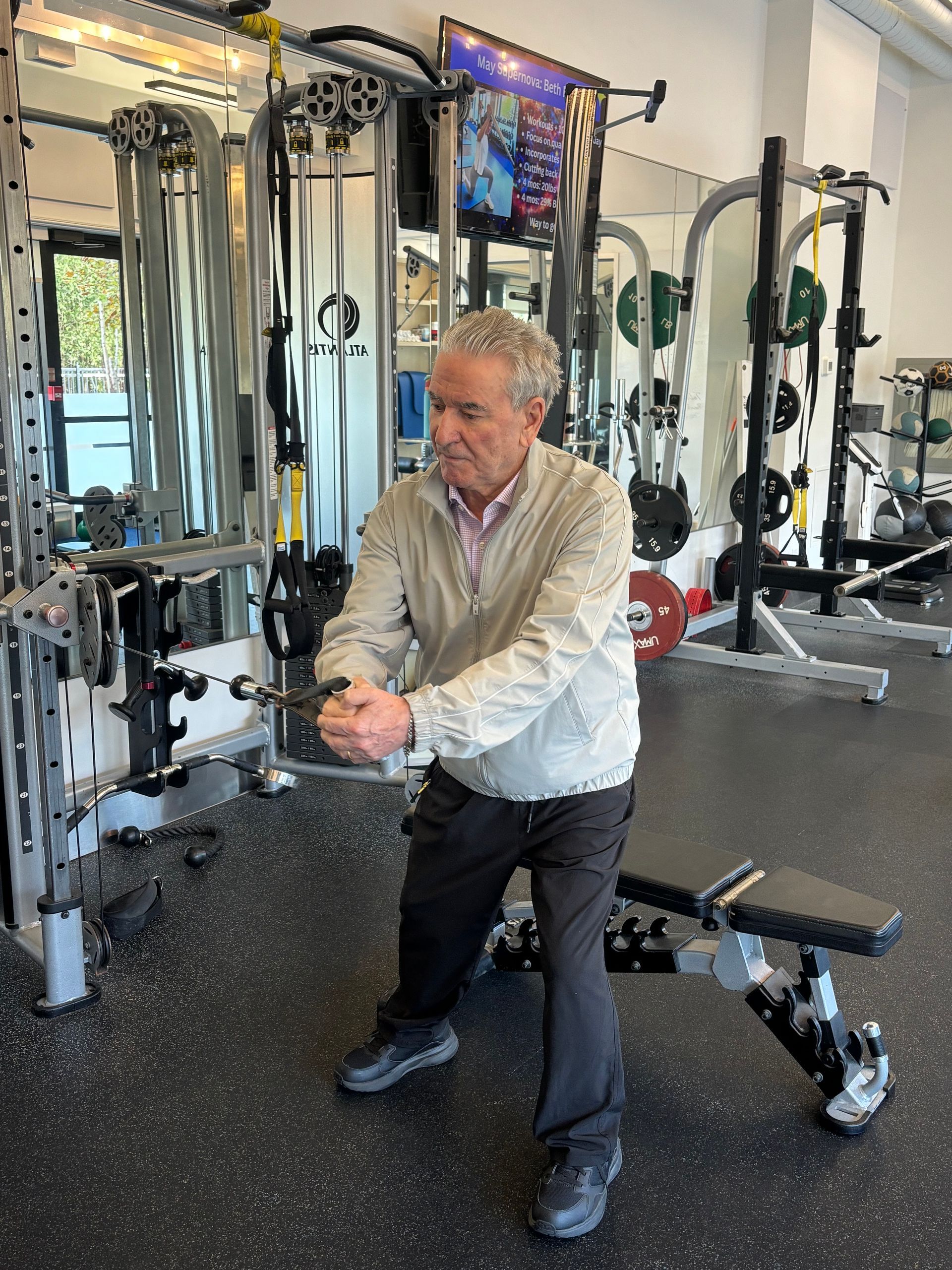Protein Powder Benefits and Recipes
What is Protein and Why is it Important?
Protein is an essential
macronutrient responsible for growth and repair. Getting the right amount of protein is important for anyone who is trying to be more healthy, maintain or build muscle mass and burn fat. Protein is particularly significant for older individuals who want to prevent sarcopenia (age-related loss of muscle tissue) and those who are physically active. It is also important for growing children and people who are injured/sick, not absorbing protein normally, or pregnant/breastfeeding.
Unlike extra fat which we can store very easily, we don’t store lots of protein amino acids because it is always getting used, recycled, and sometimes excreted. Therefore, if we don’t get enough protein, our body will start to take it from parts that we need, such as our muscles.
How Much Protein Do We Need?
The required amount of protein varies based on factors such as age, activity level, and personal objectives. The RDA (recommended daily allowance) states 0.36 grams of protein per pound of body weight. The RDA, however, was designed to prevent people from getting sick. It is a number that allows you to survive but not thrive. If you are sedentary, the RDA is fine, but if you are someone who engages in moderate to high levels of physical activity and has goals of preserving muscle mass, building muscle, or losing fat, it is recommended to consume approximately 0.7 to 1 gram of protein per pound of body weight. Therefore, if you are 50 years old, weigh 175 lbs, and are trying to maintain muscle mass and work out 3 times a week, you ideally want to get 122-175 grams of protein per day to meet your goals.
When we consider the protein content of some typical foods such as an egg, a chicken breast, or a cup of lentils, we can see that we may not be getting enough protein to satisfy our requirements. One egg, for example, has 6 grams of protein, the average size chicken breast has approximately 30 grams of protein, and a cup of cooked lentils has about 18 grams of protein. To get the minimum of 122 grams for the above person, they would have to eat 2 chicken breasts (60 grams), 2 cups of lentils (36 grams), and 4.5 eggs (27 grams). Believe it or not, but this is the amount of protein that healthy, lean people eat on a regular daily basis.
Supplementing with Protein Powder
The unfortunate reality for most busy people is that they do not make time to prepare meals, let alone eat 3 quality meals and 1-2 healthy snacks per day to get the required protein. The pace of life that they subscribe to makes it almost impossible to get 0.7 to 1 gram of protein per pound of body weight. At the same time, these busy individuals have the same health, muscle mass, and body composition goals as everyone else. It is no wonder why people struggle with nutrition, building muscle, and burning fat.
Protein powder is a fantastic solution to increasing your daily protein. The average scoop of protein powder has 25 grams of protein in it. For busy people, supplementing this along with their regular meals can bridge the gap between eating low protein and meeting your requirements. Remember that protein powder is a supplement and real food that is chewed is always preferred. But using protein powder to assist you when you find you cannot prepare a meal or in a situation where you would normally skip a meal.
Nova is a proud seller of
Designs for Health and ATP Lab Protein Powder.
Best Times for Protein Powder
Breakfast:
- For those who have limited time or compromised digestion (lack of appetite or ability to digest real food in the morning), a protein powder shake
- If you eat breakfast that is typically low protein such as oatmeal and fruit, mix some protein powder into your oatmeal.
Snacks:
- In between meals, instead of grabbing something unhealthy try a protein powder shake. The protein and water will tie you over before your next meal and you have just added 25 grams to your daily intake.
- Late night snacking on unhealthy foods can easily be avoided by having a protein shake. You can mix it with fruit or simply with water.
Skipped Meals:
- If you are in a situation where you can not find a meal for example when traveling, a scoop of protein powder in your shaker cup with water can be the perfect rescue.
Post Workout:
- Immediately after a workout a protein powder shake is very wise. The liquid form allows you to digest it quickly and begin the process of muscle recovery and protein synthesis.

Protein Powder Smoothie Recipes
Vanilla Berry Smoothie (low carb)
- Water
- ½ cup berries
- 1 scoop vanilla protein powder
Chocolate Avocado Smoothie (low carb)
- Water
- ½ Avocado
- 1 scoop chocolate protein powder
Chocolate Nut Butter Smoothie (low carb)
- Water
- Handful of nuts
- 1 scoop chocolate protein powder
Vanilla Tropical Banana Smoothie (high carb)
- Water
- ½ cup mango & pineapple
- 1 banana
- 1 scoop vanilla protein powder
Vanilla Berry Banana Smoothie (high carb)
- Water
- ½ cup berries
- 1 banana
- 1 scoop vanilla protein powder
Options and Add Ins
- Ice. Adding ice is a great way to make your smoothie thicker.
- Chia seeds. Great for texture, added fat and fiber and are easy to digest.
- MCT Oil. For added fat as part of general health or for low carb options smoothies.
- Cacao nibs. Source of magnesium and enhanced texture and chocolate flavor for your chocolate smoothies.
- Nuts (any kind). Like MCT oil, a source of fat for those who want to make a smoothie a complete meal or keep carbs low. You will need a high powered blender to properly blend the nuts.
- Coconut milk. For a high fat protein smoothie or for added tropical flavor.
- Juice. Great for post workout when your muscles want to replenish carbs. Be aware that juice will sweeten your smoothies and add extra sugars which your body may not need.
- Spinach. Blends well, adds fiber, vitamins and minerals to your shake. Easy way to get more green leafy vegetables into your diet.
Get your protein powder today. Nova is a proud seller of Designs For Health and ATP Lab Protein Powder.











